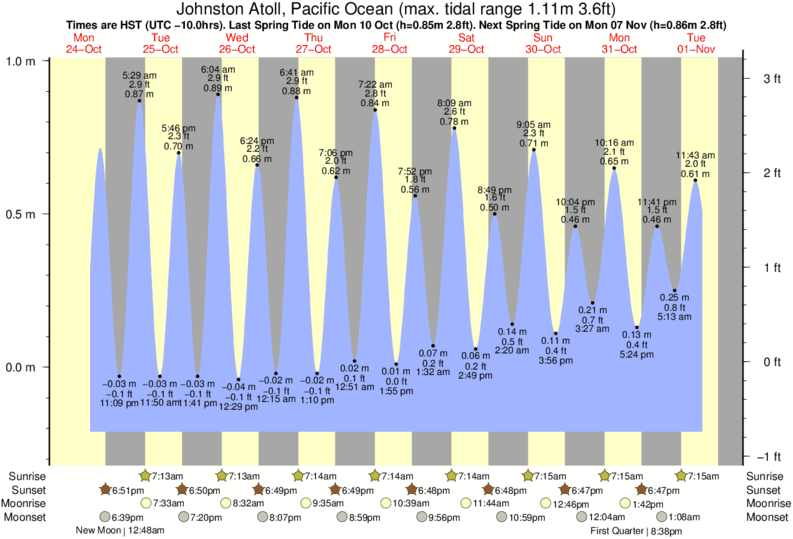

Normally, every tide table or chart includes the date, time, and height (in meter or feet) for both high and low tides. Now that you know why you need tide tables and where to get them, let’s move on to the most interesting part - learning to read them.įirst of all, it’s important to note that while tide charts and tables may be formatted differently, all the necessary information is still there. Local newspapers, television and radio stations usually also provide information about predicted tides for the covered areas. This allows such agencies as the National Oceanic and Atmospheric Administration’s (NOAA’s) or National Ocean Service to produce annual Tide Tables. Luckily, despite the various factors that influence tidal movements, tides are pretty predictable at specific locations. While the information of this sort cannot be found in tide tables, you can always ask for advice at local dive centers. Keep in mind that tidal activity can also affect visibility, as tiny particles and organisms move from one place to another together with the water. On the other hand, tides can create strong currents, which are dangerous for divers without proper preparation and sufficient experience level. For example, during the low tide, you might be able to explore dive sites that are too deep for your experience level at high tide. Therefore, they can significantly affect the depth and accessibility of the dive site, especially in the areas with a considerable tidal shift. Why Divers Need Tide TablesĪs we have already learned, tides move massive amounts of water in fairly small amounts of time. So, when traveling to an unfamiliar dive location, try to learn as much as possible about the area. Pressure changes can also affect the incoming tides - high-pressure systems depress sea levels, while low-pressure systems produce tides higher than predicted. On the local scale, tides are influenced by geological differences in the shape of the ocean floor and coastline dynamics, as well as wind and weather conditions. For example, a narrowing inlet can increase the speed of the tidal currents, while islands in the open ocean don‘t usually experience significant tides. While this amount of information is sufficient for a fascinating cocktail party conversation, you still need to know more if you want to become an independent, self-sufficient diver, and plan your own dives. During the time in between, there is a current pushing water in or sucking it out. So, we can sum it up by stating that twice a day the water goes up and twice a day the water goes down. At apogee (when the Moon is farthest) tides are lower. When the Moon is at perigee (closest to Earth), the tides are higher than usual. Due to the fact that the Moon follows an elliptical path around the Earth, the change in the distance between the two is big enough to influence the height of the associated tide. In addition to that, we need to consider the annual variable difference in distance between the Moon and the Earth. This tidal range typically changes twice daily, since the lunar high tides occur every 12 hours and 25 minutes, which means that it takes six hours and 12.5 minutes to go from high tide to low tide or vice versa. The difference between the high and low tides determines the "tidal range", the depth of water in any one spot throughout the day. Tides, created by the gravitational forces of the Moon vary from high to low. Earthquake time travel graph calculator.Because the Moon is our closest neighbor in the solar system, it makes the greatest impact on tidal movements.


 0 kommentar(er)
0 kommentar(er)
